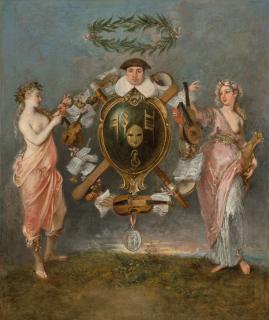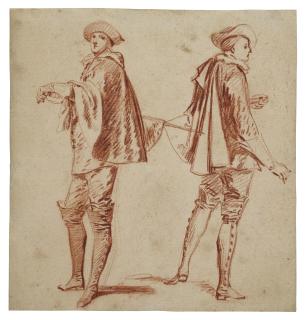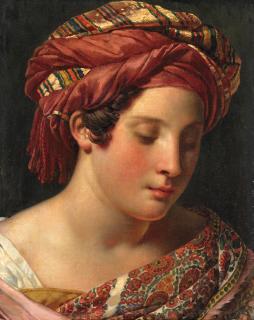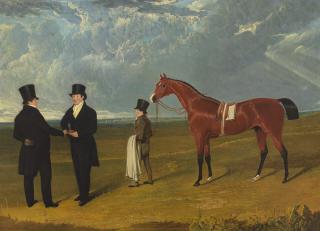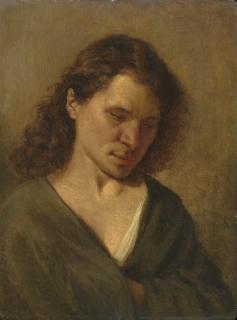- Art.Salon
- Artists
- Jean-Antoine Watteau
- L'alliance de la Musique et de la Comédie
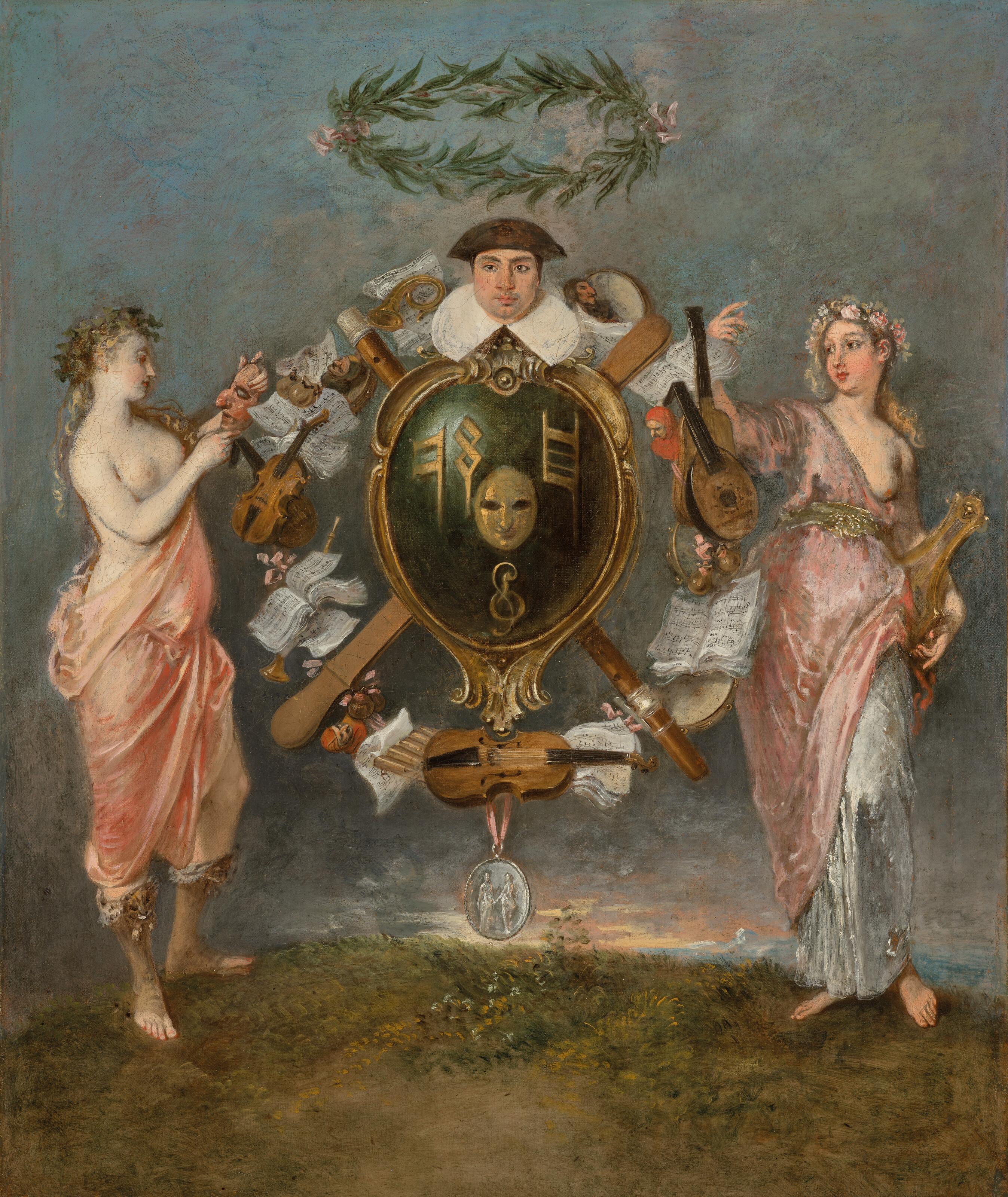
Jean-Antoine Watteau
L'alliance de la Musique et de la Comédie
Found at
Christies,
Paris
Maîtres Anciens : Peintures - Sculptures, Lot 6
12. Jun - 12. Jun 2024
Maîtres Anciens : Peintures - Sculptures, Lot 6
12. Jun - 12. Jun 2024
Estimate: XX.XXX
Price realised: XX.XXX
Price realised: XX.XXX
Description
JEAN-ANTOINE WATTEAU (1684-1721), THE UNION OF MUSIC AND COMEDY, OIL ON CANVAS
L'alliance de la Musique et de la Comédie is unique in Watteau’s (1684-1721) oeuvre, while the slate blue, pearl grey and pale pink tones are typical of the artist's subtle and refined palette, the composition is different to his usual scenes, suggesting that this pleasing allegorical representation was commissioned for a particular purpose.
Watteau depicts Comedy and Music in the guise of their muses, as explained in the caption to Jean Moyreau’s (1690-1762) engraving. Thalia, the muse of comedy and pastoral poetry, crowned with ivy, contemplates an actor's mask. Opposite her stands either Euterpe, muse of music and lyric poetry, or Terpsichore, Muse of Dance and Song. In the middle of these, the artist has depicted a coat of arms adorned with an actor’s mask and ancient musical notes. Around it floats a garland of musical scores, musical instruments and jesters' heads, and above this reigns the face of Crispin, a stock character of the Comédie-Française. The whole is crowned with a wreath of interlaced laurels, symbolic of artistic glory.
In different publications over the years, diverse interpretations have been proposed for this composition. Variously, it is thought to be a sign for a musical instrument dealer (E. Pilon, 1912, op. cit., p. 131), a sign for the Opéra-Comique (A.-P. de Mirimonde, 1961, op. cit, p. 262), a model for a stage curtain (M. Roland Michel, 1984, op. cit., p. 155), and an allegory of the alliance between the Comédie-Française and the Opéra (F. Moureau, 1984-1985, [cat. exp.], op. cit., p. 489); all demonstrating the deep links Watteau had with the theatrical world.
L'alliance de la Musique et de la Comédie is unique in Watteau’s (1684-1721) oeuvre, while the slate blue, pearl grey and pale pink tones are typical of the artist's subtle and refined palette, the composition is different to his usual scenes, suggesting that this pleasing allegorical representation was commissioned for a particular purpose.
Watteau depicts Comedy and Music in the guise of their muses, as explained in the caption to Jean Moyreau’s (1690-1762) engraving. Thalia, the muse of comedy and pastoral poetry, crowned with ivy, contemplates an actor's mask. Opposite her stands either Euterpe, muse of music and lyric poetry, or Terpsichore, Muse of Dance and Song. In the middle of these, the artist has depicted a coat of arms adorned with an actor’s mask and ancient musical notes. Around it floats a garland of musical scores, musical instruments and jesters' heads, and above this reigns the face of Crispin, a stock character of the Comédie-Française. The whole is crowned with a wreath of interlaced laurels, symbolic of artistic glory.
In different publications over the years, diverse interpretations have been proposed for this composition. Variously, it is thought to be a sign for a musical instrument dealer (E. Pilon, 1912, op. cit., p. 131), a sign for the Opéra-Comique (A.-P. de Mirimonde, 1961, op. cit, p. 262), a model for a stage curtain (M. Roland Michel, 1984, op. cit., p. 155), and an allegory of the alliance between the Comédie-Française and the Opéra (F. Moureau, 1984-1985, [cat. exp.], op. cit., p. 489); all demonstrating the deep links Watteau had with the theatrical world.


